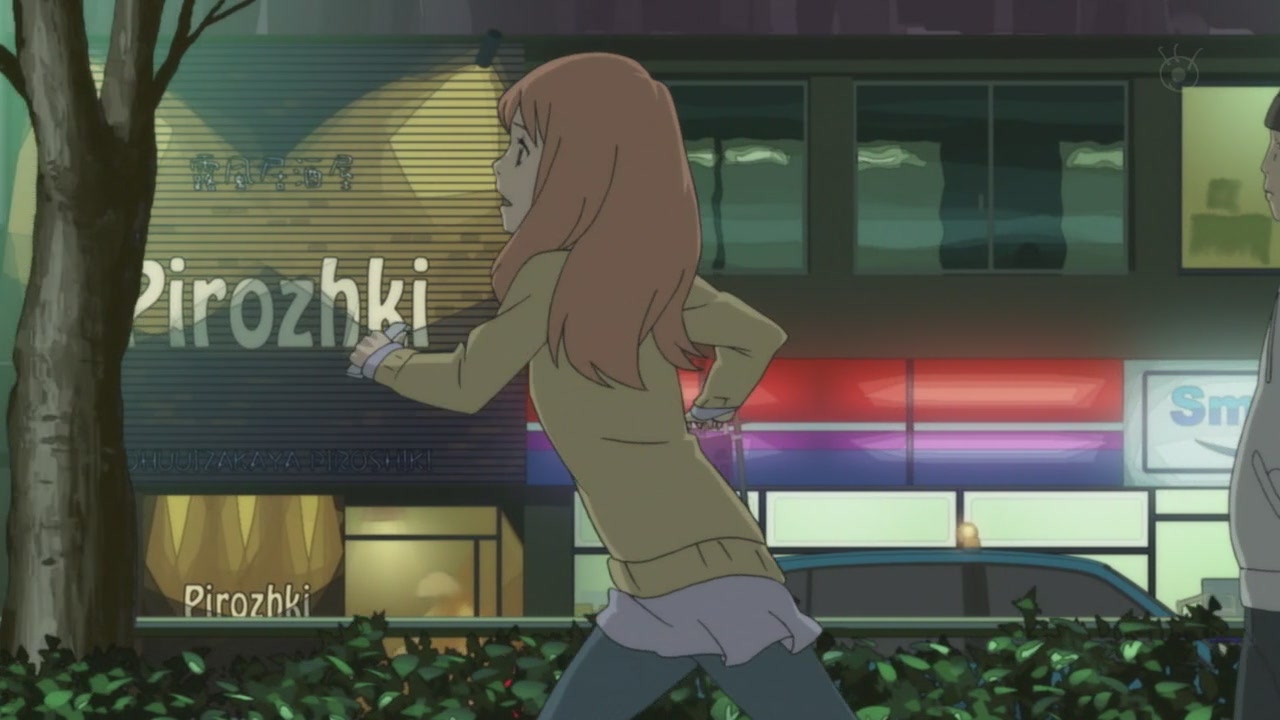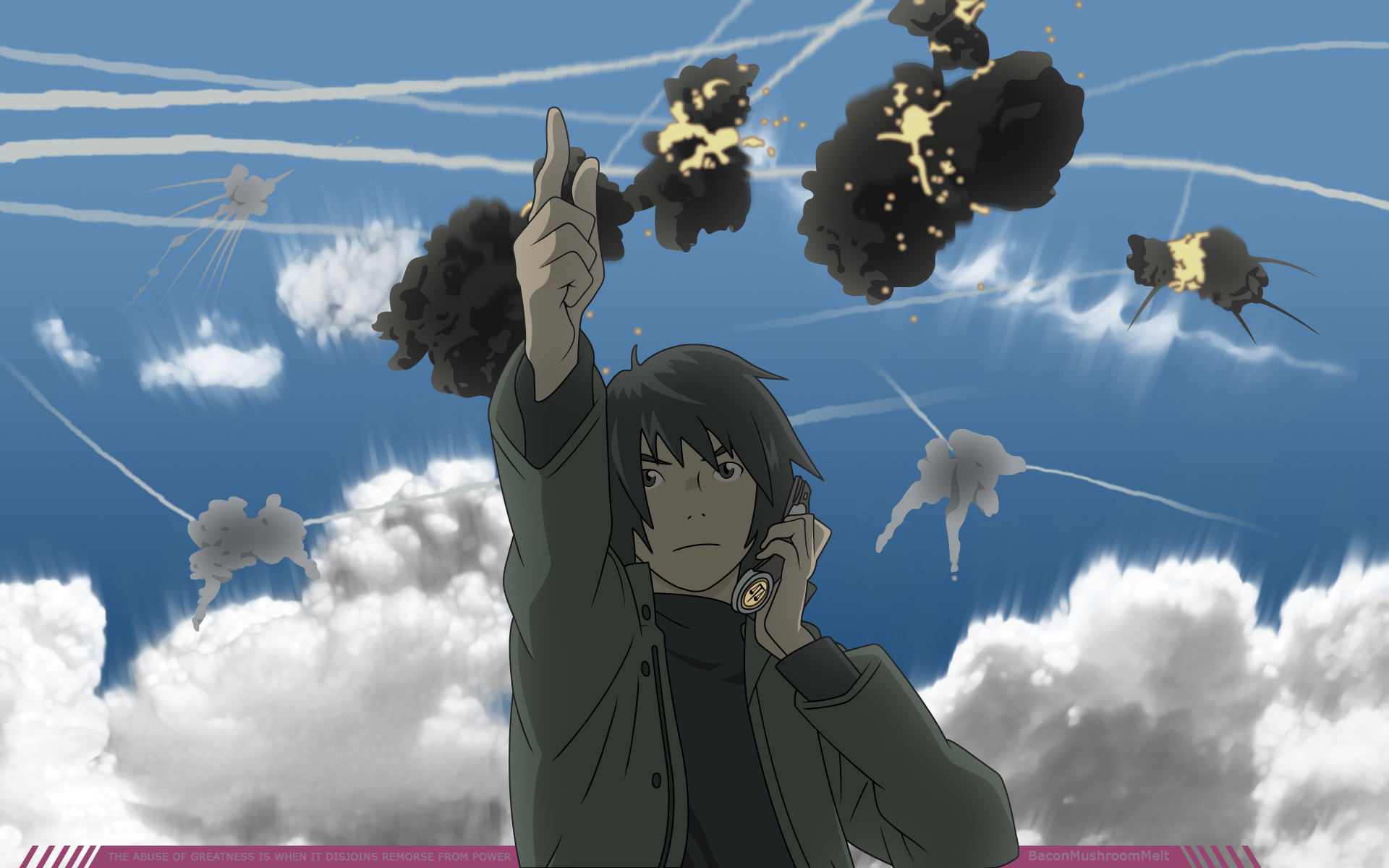Dear Followers,
DESCRIPTION:
Golden rays from the autumn sunset illuminated the maple-brown leaves that littered the ground in Central Park. Bathed in this golden light, the park was devoid of the hustle and bustle of the city, spare a few passersby on the sidewalks. Squirrels colored with patches of brown and white scavenged the leaves for remnants of Oreos and Smucker’s dropped by park goers. Kevin squinted, crushing his brow into a collection of wrinkles, to watch a nearby squirrel methodologically devour an acorn. The clack of a chess piece striking the limestone board broke him out of his stupor. As he turned back toward the board he was met with a wide smirk. Yasir had, in a single move, put him in check. Shifting his overcoat to protect his neck from the stinging autumn wind, Kevin began to devise a strategy to save himself from this quagmire. This situation was nothing new. From the very first time Kevin had played with Yasir in elementary school, he had always lured him into a false sense of security before skillfully taking his king. Kevin nonchalantly moved his king backwards as Yasir pressed in, disguising the bout of excitement that his shaking hands could not through a steady expression. Reaching over the table, Kevin moved his rook passed an unsuspecting queen. Checkmate. A plethora of emotion, from surprise to happiness, swelled in Yasir’s eyes as he analyzed the sudden loss. He bellowed a deep laugh of acceptance before shuddering and coughing from a brisk autumn breeze. They slowly meandered out of the dark black park benches and headed toward the strip of concrete that would take them back to the retirement home. They would be here tomorrow, no need to pick up the pieces. Side by side, they sauntered down on that empty street agreeing that tonight was a good night for hot cocoa.
COMPARISON/CONTRAST
We can easily view the distinctions between a friend and an enemy. They are on exact opposite sides of the relationship spectrum. However, at what point can we distinguish a friend from an acquaintance? Many have a hard time grasping that as human beings, we have relationships with every other human being on the planet. Some people are strangers to us and some people are family, but we have some type of relationship with them. An acquaintance is essentially a well-known stranger and a friend is essentially a well-known acquaintance. But at what point can we stop viewing somebody as an acquaintance and truly call them a friend? Some will tell you that a friend is merely anybody who is not your enemy. This hinges on the old saying “the enemy of my enemy is my friend.” In a world of complexities however, this is an oversimplification. In a world where we have constructed the “friend” through a set of standard beliefs, this level of analysis would always come short. An acquaintance is a person who one comes into contact with through a compulsory exercise. There is something that is shared between someone and an acquaintance that obliges them to socialize. This is easily seen in the average schoolmate, employee, or team member. When social interaction is limited to the sphere of the obligated event, the relationship will remain at the level of acquaintance. Only when the relationship moves on to something external, a relationship that develops social interaction external to the compulsory meeting, can we describe the relationship as a friendship. These external social interactions can be disguised and improperly external, such as talking over the internet in the pursuit of a common goal or to complete a set of homework. Only when we engage in properly external social interactions can we define another individual as a true friend.
CAUSE/EFFECT
Friendship is merely an outgrowth of the human drive for pleasure. Human beings have an inherent need for pleasure and entertainment. In the modern world, this need has been exacerbated by the constant bombardment of entertainment, in the form of the media: television, cell phones, the internet, videogames. Human beings will always act in order to fulfill this constant desire for pleasure. We are essentially self-serving individuals. Friendship is a mechanism by which human beings can satisfy a mutual need for pleasure. Human beings naturally form relationships with other individuals who can, by themselves or through the development of such situations, deliver an increased amount of pleasure to the original human being. Friendships allow us to add entertainment to our lives through social interaction. Many people misunderstand this tendency. Many will say that we will group with other like minded individuals when we form friendships in order to meet our own natural interests. However, the presence of like-minded individuals is not a prerequisite for the creation of pleasure. This would help explain the phenomenon commonly known as “opposites come together” in which two very distinct individuals form a relationship. The only problem we run into when we observe friendship in this manner is the situations in which people maintain friendships even when they bring about vast amounts of pain. We could infer that the net amount of pleasure gained from these friendships is always positive and thus even the negative aspects leave an individual with more pleasure than they would otherwise have, but in some cases there is more pain then pleasure in maintaining a friendship. Rather, in these cases, human beings cling onto a friendship in anticipation of future pleasure. Even when things seem hopeless, the chance that hanging on may result in a net increase in pleasure is enough for human beings to continue forward. Everything is essentially guided by our quest for pleasure.
DIVISION OF ANALYSIS
Friendship is a mystery. No one friendship is like any other. Friendship can make us feel like we are on top of the world one minute, and down in the dumps the next. However, there are certain tenets that every friendship will likely share.. First of all, friends will have a tendency to desire what is best for one another. The strange thing about friendship is we will often do things to help our friends even when we do not benefit or are hurt in the process. This would seem to go against everything that characterizes human nature, going against the belief that humans will always act in their own self-interest, yet we see this all the time in our daily lives. Next, friends share a sense of sympathy and empathy. Friends can understand one another and share compassion. Feelings can be shared between friends through a so-called invisible link: when somebody is sad their friends are usually sad and when somebody is happy their friends are usually happy. Next, friends share truths with one another. With people who we perceive to be friends we usually open up, allowing our protective borders to come down in order to become closer with them. We speak the truth with our friends in situations where it would be hard to do so if we weren’t in fact disclosing our secrets to our friends. Something unique about a friendship is that real friends do not fear pointing out the perceived faults of one’s counterpart. Next, with friendship comes about an immense amount of trust. Friends feel comfortable around other friends. People are able to express feelings, including those in relation to the other’s actions, without the fear of being judged. Friends are an emotional crutch, helping us up when we feel down. Friendship is a mystery. No one friendship is like any other. Friendship can make us feel like we are on top of the world. Finally, friendship is based on a positive reciprocity, a give and tack relationship between two parties. The above is not an exclusive list but rather a generalization designed to help us understand the overall concept of friendship. To construct a truly representative list would be impossible
ARGUMENT/PERSUASIVE
“A great deal of bravery is needed to stand up to our enemies, but just as much is required to stand up to our friends.” Many of us respect and love our friends. Many of us have taken these feelings to a state in which our friends have become unquestionable, a state of paralysis in which we do not dare to challenge our friends to avoid losing them. However, friendship is based on give and take, a form of positive reciprocity that nothing else can quite match. Because friends open up to one another, friendships present a unique situation for change. In the name of the respect and love that we hold for our friends, we should challenge and point out faults. Because we want the best for our friends, we help them. This does not mean to say that we should impose ourselves onto our friends, but rather through a reciprocal process we should help them and they should help us become more perfect human beings. This process can help us release pent up emotions in a positive and productive manner. When things are on our mind, we can confide in our friends or bring these things to light so that the problem can be resolved. Without this outlet, these feelings of annoyance can go underground and can become more destructive in nature. Friendships will often challenge our moral calculus and place us in situations in which the correct decision is not always so clear. In the same way that friendships can produce positive change, they can also produce negative change. This is what happens when we do not challenge our friends when their actions contradict with our system of beliefs. The best example of this in the modern day is when people take up chemical substance use after their friends. We need to constantly challenge our friends in order to make sure that the people we associate with are appropriate with our own mental and moral configurations.
DEFINITION
Friendship is a type of personal relationship in its simplest form. However, friendship has a range of degrees of intimacy. We can easily identify a friendship between two parties. The strength of this friendship is another question however. There are a plethora of factors that can determine how strong a friendship is, from experience, to shared interests, to common values. We have come up with several labels to describe the strength of a friendship such as “boyfriend” and “best friend.” In the previous example many of you may be confused with my use of the word “boyfriend” to describe a friendship. Understanding friendship as only a positive relationship between two parties is fundamental to reduce the complexity of the study at hand. To emphasize the point made before, there are only varying levels of this positive relationship. Friendship surrounds and overwhelms us every day, but we are trained to only see a select few examples. Under this interpretation, however, friendship becomes something much more than a system of relations between individuals. Friendship becomes a value system. What we hold to have value in terms of a conventional friendship shape what we hold to have value in other terms. For example, we consider such things as honesty and trust as essential to a valuable friendship, and in the same way we value these characteristics in human beings in general. Those humans who exhibit characteristics that make up a valuable friendship become valued members of society in themselves. Because friendship represents a positive force within our lives, we associate its individual tenets to be positive forces of change. Compassion, honesty, and sympathy become essential facets of society. To the point where we shape our society along the lines of a valuable friendship, the importance of friendship becomes apparent. A single focused view of friendship impoverishes us from understanding the overall impact that friendship has on us as individuals and as a whole.
EXAMPLE:
My friend Partha is convinced that friendship is loyalty taken to the extreme, represented when friends never make fun of other friends, when friends are always there for one another, and when friends stick together until the end. Friendship is a very subtle loyalty however, something that we can’t always see at first glance. Whether we see it or not, our true friends show degrees of loyalty all of the time. Even simple things as following us down the hall or going with us to get a snack are signs of loyalty. Perhaps the distinction between the loyalty experienced in friendship and the in your face loyalty experienced in such things as pet ownership is its reciprocal nature. When friends stick together, two individuals are showing loyalty toward one another. These layers of loyalty show themselves most in situations when our friendships are tested. Recently, in second lunch, I saw an example of this loyalty. Yasir was home sick. After a long weekend of debating, he had contracted the flu and decided to stay home and rest. Me and Kevin, knowing nothing of his decision, were devastated. Our daily study hall routine of tickling, joking, and laughing was replaced with a gloomy day of work. What kind of study hall has students doing work? Drudging along the hallway, me and Kevin suddenly figured out that we could call Yasir to find out what happened. We ran to the lunchroom to our table and pulled out a cell phone to call him. As Kevin was talking to him, Dillon and the girl with the red hair started making fun of him for being “pathetic.” Kevin was undeterred, he had to know how Yasir was doing. The other students continued to laugh. Kevin finally reached Yasir and learned that he was sick. With a sigh of relief, Kevin put down his cell phone and went up to go get a lunch. Even when others were making fun of him, Kevin had the integrity to continue calling Yasir on order to find out if he was ok.
PROCESS ANALYSIS
Just as with love, forming friendships happens in stages. Sometimes we make friends instantly, and other times the process takes much longer. Regardless of external factors, the following three steps explain how the process of forming friendships usually happens. The first step is the initial meeting. Two people must come together before a friendship can ever develop. This is often the most important step in the formation of a friendship. How two people are perceived by each other in the first few moments of the meeting can determine the tone of the rest of the friendship. Humans are very judgmental individuals. How we perceive others determines our interactions toward them. But because we usually are never put in situations in which we know that the people who we are meeting will be potential friends, this stage of development is often the most candid. The next stage is the approach. When any one side or the two sides makes an approach to extend the initial meeting, the friendship enters the next stage. This is the most variable part of any friendship. Sometimes things go smoothly and we can reach the next stage fairly quickly, but other times this part is the most frustrating and long. During this stage, a bond of trust is developed between two individuals. This bond will continue to grow as friends become more open with one another in the reciprocal relationship. At this point we start to find common ground. We share and participate in activities with others that we enjoy. Before moving on to the final stage we need to take caution. If we impose a friendship too soon or too late, the results can be disastrous and lead to the pain of rejection. The transition to the last stage is very subtle though, and happens before we usually even know it ourselves. When we start spending genuine time with others we can truly call them our friends.
CLASSIFICATION
What is the meaning of friendship? We will often seek an answer to this question, but yet we can never come up with an adequate answer. Friendship is an amalgamation of complex feelings which may not always be describe in words. However, we don’t need a bunch of words to make us realize the deep meaning of friendship. According to George Elliot, “friendship is the inexpressible comfort of feeling safe with a person, having neither to weight thoughts nor measures words.” At first thought, many of us only see friendship as the relationship we share with our social peers. This is the easiest way to classify friendship, because we need not look further than our immediate group of friends to find friendship. Friendship, while often classified in this manner, is best seen as a set of responsibilities. The simplistic view of friendship prevents us from understanding the overarching ways in which friendship impacts and shapes our lives. When two individuals share a strong bond of mutual understanding, respect, and love, the foundation for an everlasting friendship. As the trust between two individuals grows, so does the bond. In an ideal world, the meaning of friendship is to share an unconditional love for each other. The purpose of friendship is to make burdens lighter for our friends and not make them heavier. Beyond this set of responsibilities, we can view this relationship as a value system. What we hold to have value in a conventional friendship shapes what we hold to have value in other forms. For example, we consider such things as honesty and trust as essential to a valuable friendship, and in the same way we value these characteristics in human beings in general. Those humans who exhibit characteristics that make up a valuable friendship become valued members of society in themselves.
NARRATION:
I had fallen. With dust and dirt spreading through the air around me, I slowly opened my eyes only to be blinded by the light of the midmorning sun. My whole body was numb. As I picked my body up with what strength I had left, pieces of grass and dirt fell to the ground. A warm sensation tickled my left arm. Staring down at my elbow, I was met with a collection of blood, lymph, grass, rocks, and skin fragments. To my right, a group of astonished faces stared coldly back at me, and to my left the bent frame of my bicycle wedged into the trunk of an oak tree sent shivers down my spine. I had missed the tree by a few inches, sliding to a halt a few yards past in the thick French grass. The accusing stares of my classmates were enough to paralyze me on the spot, speechless, forced to think up any excuse that would let me escape their judgment. As the tour guide edged them onward to finish out the ride through Versailles, they departed one by one leaving me the handle the mess that I had gotten into. I turned toward my bike and reached down to grab the handle bars when I saw another hand come down and prop the bike up. James had stayed behind to help me. I held back my thanks with an air of nonchalance, not wanting him to perceive my weakness in the situation. Had he perceived any though, his action would have been the same. We were friends, and this is what friends do for one another. James overturned the bike and pulled hard with his hands on the loose chain, through grease and soil, to make the bike ride able once more. Pulling out a bright Kleenex, he carefully wiped my wound to prevent infection and then fashioned a makeshift bandage to stop the bleeding. With my signal of approval, we each grabbed our bikes and mounted. Together we departed, riding side by side through sunshine, fountains, and lush green gardens.
I Know I Can Kill,
Noel














 6:12 PM
6:12 PM
 NoelVermillion
NoelVermillion













